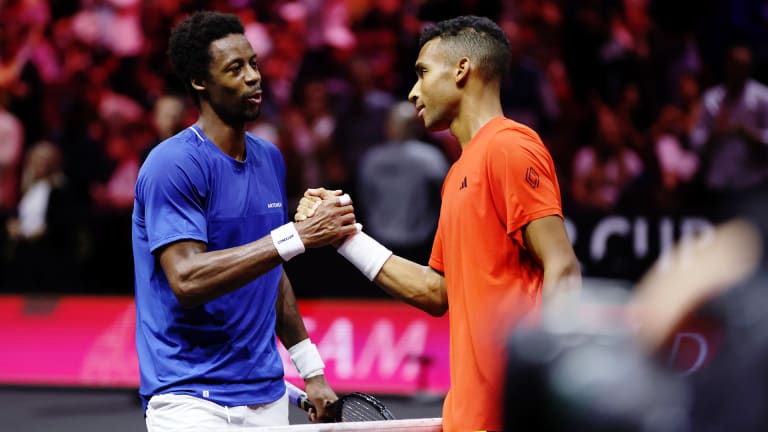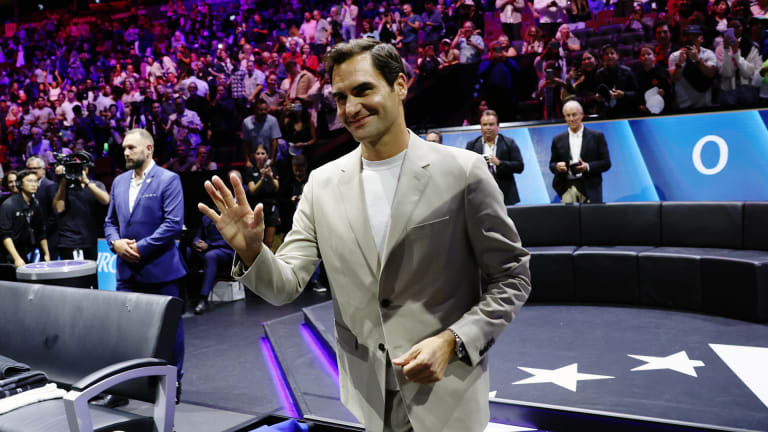Laver Cup
Now in its AF (After Federer) Era, what lies ahead for Laver Cup?
By Sep 25, 2023Laver Cup
Carlos Alcaraz, Taylor Fritz commit to play 2026 Laver Cup in London
By Nov 18, 2025Laver Cup
Taylor Fritz, Alex de Minaur lead Team World to third Laver Cup title
By Sep 22, 2025Laver Cup
Full-flight Fonseca, 'Rocket' Rod and more animated Laver Cup highlights
By Sep 22, 2025Laver Cup
“Today is a new day”: Carlos Alcaraz puts Team Europe in position for first Laver Cup tie
By Sep 22, 2025Laver Cup
“Don’t jinx anything!” Casper Ruud, Carlos Alcaraz tee up repeat Laver Cup comeback
By Sep 21, 2025Laver Cup
Laver Cup Sunday: Can Team World clinch a major upset over Team Europe?
By Sep 21, 2025Laver Cup
Roger Federer, Steph Curry take part in Laver Cup coin toss
By Sep 21, 2025Laver Cup
Where does the Laver Cup go next, according to Roger Federer?
By Sep 21, 2025Laver Cup
Alex de Minaur rises to team occasion once more with Laver Cup win
By Sep 21, 2025Now in its AF (After Federer) Era, what lies ahead for Laver Cup?
Vancouver proved that one of the biggest challenges facing organizers will be to sell the public on an "exhibition" event that won’t necessarily attract all upper echelon players.
Published Sep 25, 2023
Advertising
Advertising

Monfils and Auger-Aliassime shake hands at the net after their tense discussion at Laver Cup.
© 2023 Getty Images
Advertising

One year after Roger Federer's emotional farewell to tennis at Laver Cup, his brainchild event experienced a drop-off in participation by elite players.
© 2023 Getty Images
Advertising

There wasn’t a single Grand Slam singles champion on Team Europe or eventual repeat champion Team World.
© 2023 Getty Images